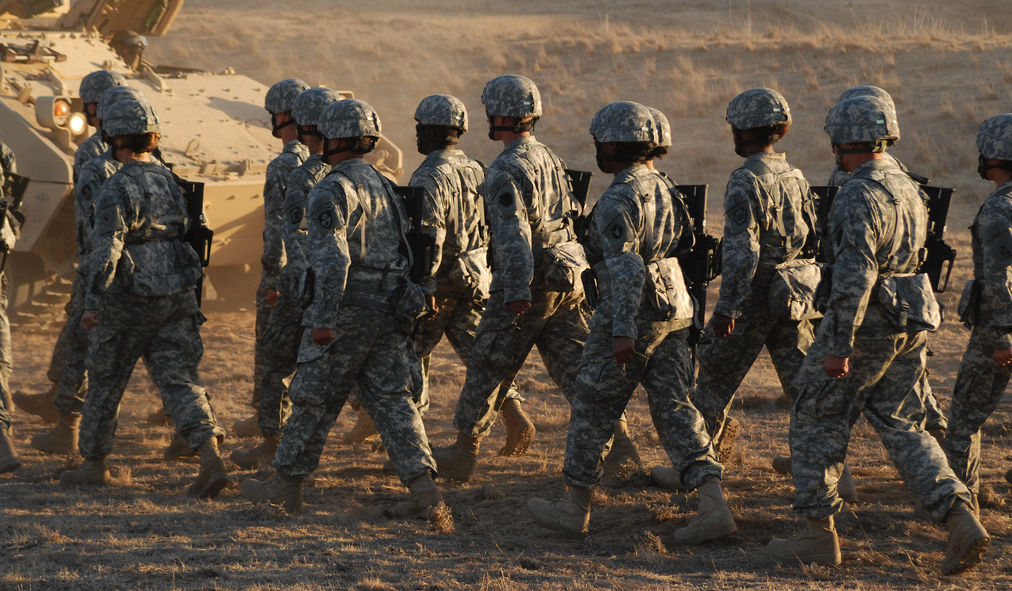
A team at the Army Research Laboratory (ARL) is working on "biohybrid robotics" that integrate living tissue into mechanical systems in a manner that produces "never-before-seen" agility and versatility.
Living muscle tissue is more agile and versatile than mechanical actuators
While much progress has been made in the field of robotics, current systems still lack the precision and agility seen in biological systems in nature. The ARL's project is looking to utilize biological components to give robots the same agility and precision that muscles offer for biological systems.
"Today’s robot’s primary limitation is power, strength and versatility" explains ARL research scientist Dean Culver. "They can perform limited tasks for a certain amount of time. But it’s not really on the order of magnitude that an organism can do the same thing. We still don’t have robots that can go into an unknown space and adapt to what they sense. These are all ultimately problems that we feel that either a bio-hybrid or a bioinspired engineering design can tackle."
What the team at ARL is envisioning is growing muscle tissue in a lab, then connecting that tissue to robotic joints in place of traditional mechanical and hydraulic actuators.
The idea is to give robots the same agility and precision that muscles offer biological systems. This would theoretically allow future robots to venture into spaces too risky for flesh and blood soldiers. This technology could also allow robots to be sturdier and adapt to terrain faster compared to static joints made of synthetic materials. (Related: Military Horror: Proposed Military Robot Would Literally Feed off Dead Battlefield Bodies to Power Itself.)
"One of the real advantages of muscle and the tendons and ligaments associated with the rest of the kinetic chain in organisms is that flexibility lets something go a little bit wrong," Culver said. "There won’t be a catastrophe. I can slip and adjust a little bit and not fall down."
Culver confirms that the muscle tissue can come from any animal, depending on what the Army needs, including small insects, such as flies.
"Fly muscles, in particular, have some really desirable characteristics," explains Culver said. "Using just a handful of cells to culture up a useful piece of tissue can be done with a variety of different genomes, or from a variety of different species, depending on what other kind of system level architecture you want to use."
Biohybrid robots will walk first before they fly
The Army is looking to focus on applying biohybrid technology first to robots on legged platforms. Currently, the Army has a Legged Locomotion and Movement Adaptation research platform that could serve as a perfect example of the kind of robot biohybrid technology could be applied to.
The idea would be to give this, and other similar platforms, abilities similar to animals. This would include the ability to balance on uneven and unreliable terrain.
"One obstacle that faces ground-based robots today is an inability to instantly adjust or adapt to unstable terrain," states Culver. "Muscle actuation, though certainly not solely responsible for it, is a big contributor to animals' ability to navigate uneven and unreliable terrain."
Eventually, the team wants to be able to apply the technology to other forms of locomotion, including flying.
"Similarly, flapping wings and flying organisms' ability to reconfigure their envelope gives them the ability to dart here and there even among branches," explains Culver.
But, before the Army can start deploying biohybrid robots, more research needs to be done. With the in mind, the ARL is currently looking for more partners for the project.
"At the moment, we have a great theoretical basis for what we're trying to do," Culver said. "Some of the tools that we want to use to improve the design of muscle tissue for use in robots have been tested on lots of other proteins and molecules, and they’re proven to be effective. What we really need now is some time and support to get these tools directed at the molecules relevant in muscles. There's a lot of learning to do before we produce prototypes."
Follow MilitaryTechnology.news for the latest updates on projects being worked on by the ARL and other defense research labs.
Sources include:
Please contact us for more information.























